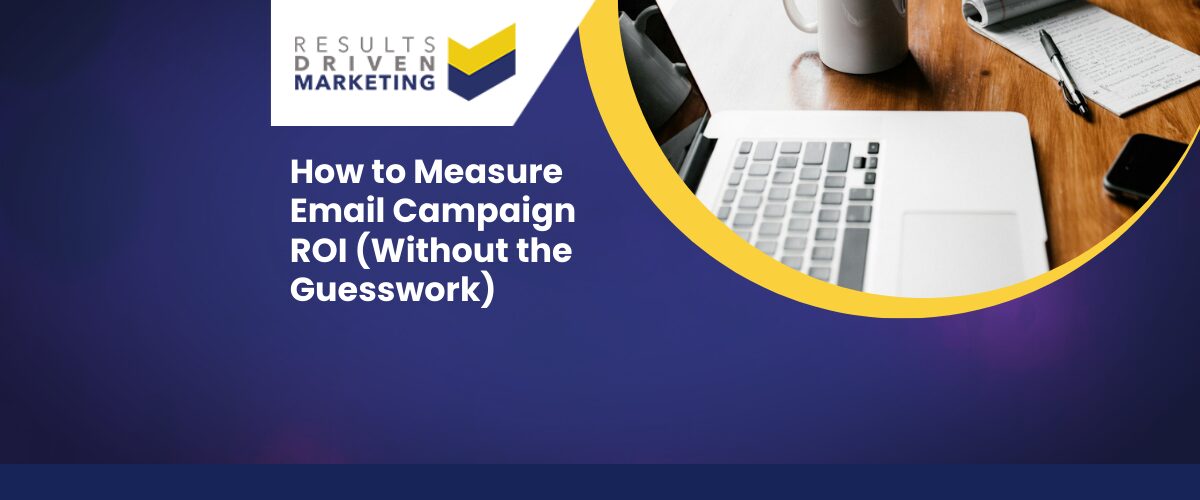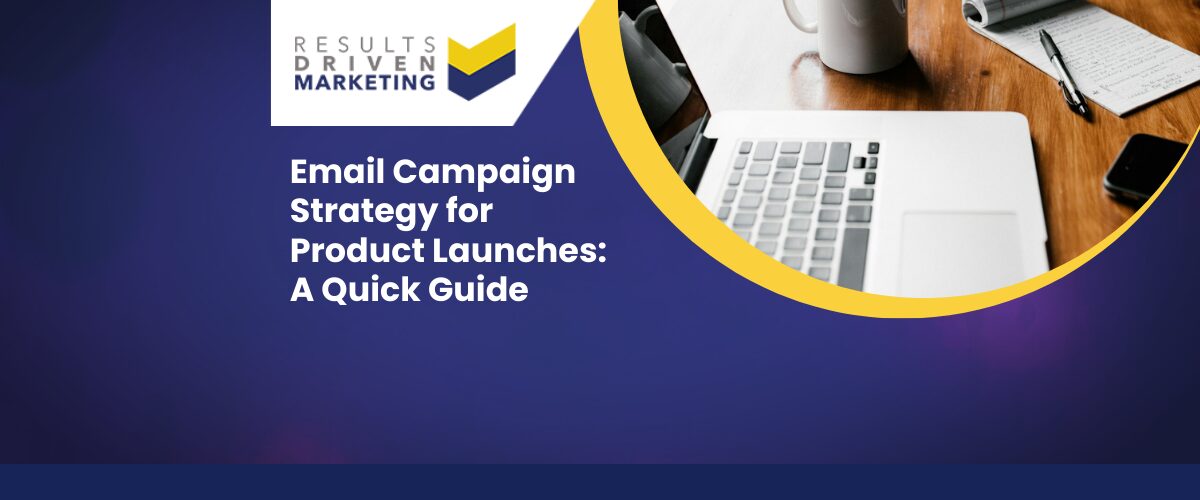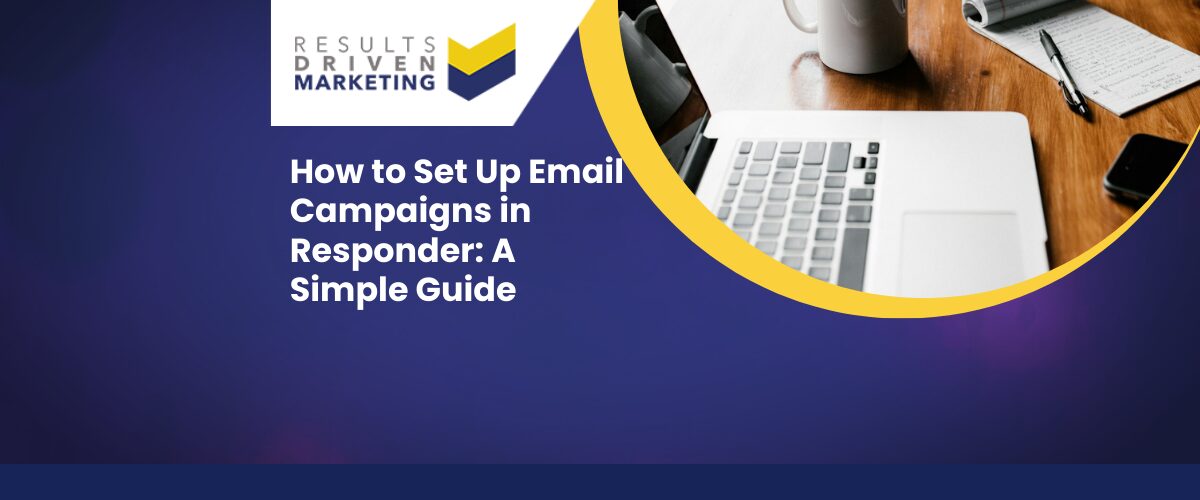
How to Measure Email Campaign ROI (Without the Guesswork)
If you’ve ever wondered how to measure email campaign ROI, you’re not alone. Many SME decision-makers put time and budget into B2B email campaigns—often using purchased data—only to be left guessing what actually worked.
Did that campaign generate leads? Did those leads convert into revenue? Or was it all just noise in the inbox?
The truth is, without proper tracking, email marketing becomes a guessing game. And that’s no way to run a results-driven business.
In this post, we’ll break down exactly how to measure email ROI clearly and confidently—no jargon, no fluff. Whether you’re sending cold outreach or follow-ups, we’ll show you how to identify what’s working, what’s not, and where the real value is hiding.
If you’re tired of wondering whether your campaigns are actually paying off, keep reading. We’re making it simple.
Table of contents:
Why Measuring Email ROI Matters for SMEs
Knowing how to measure email campaign ROI is more than just a marketing checkbox—it’s how you make smarter business decisions. For SMEs, every pound spent needs to pull its weight, especially when it comes to customer acquisition.
Email remains one of the most cost-effective ways to reach prospects, but only if you understand what’s driving results. Without tracking ROI properly, you risk:
-
Wasting money on ineffective campaigns
-
Chasing leads that never convert
-
Making marketing decisions based on assumptions, not facts
When you measure ROI the right way, you’re not just looking at email performance—you’re learning how to improve it. You’ll see which offers convert, which audiences respond, and where to scale your efforts.
For SME owners, sales directors, and marketers, it’s the difference between “hope marketing” and consistent, trackable growth.
What Counts as “ROI” in B2B Email Marketing?
When we talk about how to measure email campaign ROI, we’re not just chasing open rates or click-throughs—we’re focused on actual business outcomes.
ROI in B2B email marketing means understanding the real value generated from your efforts. That usually comes down to:
-
Revenue generated (from new sales or repeat orders)
-
Leads or enquiries that progress into the sales pipeline
-
Meetings booked with decision-makers
-
Customer lifetime value if your product/service has ongoing revenue
Not every campaign aims to close a deal straight away. Some are about booking a discovery call, generating interest, or testing a new market. That’s fine—as long as you define the goal upfront and assign a clear value to the result.
It’s also important to distinguish between cold and warm email campaigns. Cold outreach often has a longer conversion cycle, while warm campaigns (to existing or opted-in contacts) tend to show quicker ROI. The key is measuring both with the same clarity.
Essential Data You Need Before Measuring ROI
Before you can measure email campaign ROI effectively, you need the right foundation. That starts with having the right data in place—both the marketing data you use for targeting and the performance data you’ll track throughout the campaign.
Campaign Goals
What’s the purpose of the campaign—new leads, booked meetings, direct sales? ROI only makes sense if you know what “success” looks like.
Accurate, Targeted B2B Data
Using clean, well-segmented data ensures you’re reaching the right people—decision-makers who are relevant to your offer. Poor targeting leads to low engagement and misleading ROI figures. (Need help? Check out our email lists tailored to UK businesses.)
Campaign Structure
A strong offer, a clear call-to-action, and smart timing are essential. If these elements are weak or inconsistent, it becomes difficult to link performance to outcomes.
Tracking Basics
Use your email platform to monitor key metrics: delivery rate, open rate, click-throughs, replies, and bounce rates. These are helpful leading indicators—but the real ROI is in what happens after someone engages.
Laying this groundwork upfront removes the guesswork later—and gives you meaningful numbers to work with.
The Step-by-Step Process to Measure Email Campaign ROI
Once your campaign is live and data is flowing in, it’s time to calculate your return. Here’s how to measure email campaign ROI in a structured, no-nonsense way.
1. Define Campaign Costs
Start by working out your total investment. This should include:
-
Cost of data (per thousand records or custom quote)
-
Time spent on copywriting, design, or setup
-
Email platform or software fees
-
Staff hours or agency costs (if applicable)
Be honest—your ROI depends on knowing your true costs.
2. Track Direct Responses
Measure the actions that lead to real opportunities:
-
Replies to the email
-
Enquiries via phone or web form
-
Meetings booked
-
Sales calls or quotes issued
If you’re unsure where a lead came from, ask them—or track campaign tags in forms or call logs.
3. Assign Value to Conversions
Not every response is equal. You need to give each type of result a monetary value. For example:
-
A booked meeting = £X (based on your close rate)
-
A direct sale = full revenue value
-
A strong lead = estimated future revenue
Use your sales history to guide this. If 1 in 5 meetings becomes a £1,000 sale, a meeting is worth £200 on average.
4. Calculate ROI Using a Simple Formula
(Total Revenue – Total Costs) ÷ Total Costs = ROI
Example:
-
Campaign costs: £750
-
Revenue from responses: £2,250
-
ROI: (£2,250 – £750) ÷ £750 = 2 (or 200%)
This means you got £2 back for every £1 spent.
By following this method, you remove the ambiguity and see exactly how your campaigns are performing where it matters most—on your bottom line.
Beyond the Basics: Improving ROI Over Time
Once you’ve got a handle on how to measure email campaign ROI, the next step is improving it. ROI isn’t static—it should get better as your targeting, messaging, and processes evolve.
-
A/B Test Key Elements
Experiment with subject lines, call-to-actions, and email layouts. Even small tweaks can have a big impact on response rates—and therefore ROI. -
Refine Your Targeting
Continuously review your data selections. Are you targeting the right sectors, job roles, and company sizes? Narrowing focus often leads to better conversions. -
Learn from Non-Responders
If certain segments consistently underperform, remove or rework them. Silence is data too. -
Re-engage Cold Contacts
Don’t throw away non-responders. Create separate follow-up campaigns to try new angles or offers—they’ve already seen your brand once. -
Review Timing and Frequency
Monitor when people engage. You might find that certain days or times yield higher replies, helping you optimise future sends.
Improving ROI is a process. It’s about learning, adjusting, and compounding small gains over time. The goal isn’t perfection—it’s consistent, measurable improvement.
Common ROI Pitfalls (and How to Avoid Them)
Even if you know how to measure email campaign ROI, it’s easy to fall into traps that skew your numbers or lead to bad decisions. Here are some of the most common pitfalls—and how to avoid them:
-
Focusing Only on Vanity Metrics
Opens and clicks are useful indicators, but they don’t equal ROI. Always track what happens after someone engages—replies, meetings, and revenue. -
No Clear Attribution
If you can’t link a lead or sale back to a specific campaign, your ROI numbers will be off. Use tags, ask prospects how they found you, and keep good records. -
Measuring Too Soon
Especially with cold campaigns, results can take weeks to mature. Give your campaign enough time before drawing conclusions. -
Overlooking Targeting Issues
If you’re not reaching the right decision-makers, your content won’t convert—no matter how good the email looks. Revisit your data selections regularly. -
Ignoring Deliverability
Poor deliverability drags your results down. If a significant portion of emails aren’t reaching inboxes, you’ll struggle to get meaningful data back.
Avoiding these mistakes keeps your ROI tracking clean, accurate, and useful—so you can base your next moves on facts, not fiction.
Why Choose Results Driven Marketing
At Results Driven Marketing, we help UK SMEs get more from every email campaign—starting with the data.
We don’t just supply B2B marketing lists. We make sure the data is targeted, relevant, and ready to drive results. That means:
-
Data tailored to your audience – from over 2,000 sectors and decision-maker roles
-
Quick delivery – most orders sent within 24 hours
-
Accuracy guaranteed – meets UK industry standards with ongoing updates
-
Support that actually helps – real advice, no fluff
We also ensure every campaign we support is compliant with GDPR and UK marketing regulations.
We’ve worked with hundreds of businesses across the UK to improve their cold outreach, boost campaign performance, and grow sales—all backed by clean, compliant data.
If you’re serious about improving ROI, the first step is making sure your data works for you—not against you. That’s where we come in.
Final Thoughts: Don’t Guess—Measure
Learning how to measure email campaign ROI gives you more than just numbers—it gives you clarity and confidence. You stop guessing, start optimising, and finally see where your marketing budget is actually working.
Whether you’re sending cold outreach to fresh contacts or following up with warm leads, the ability to track results and adjust accordingly is what separates consistent performers from one-hit wonders.
If you want better outcomes from your email campaigns, start by measuring what matters. With the right data, a clear process, and a bit of consistency, you’ll quickly see what’s working—and what to do more of.
Need help getting started? Contact us today for a free campaign review or a custom quote.
Results Driven Marketing
Trading Name of IIB Trading Ltd
📍 Cobalt Business Exchange, Newcastle
📞 0191 406 6399
🌐 rdmarketing.co.uk
Premium B2B marketing lists. Honest advice. Real results.





